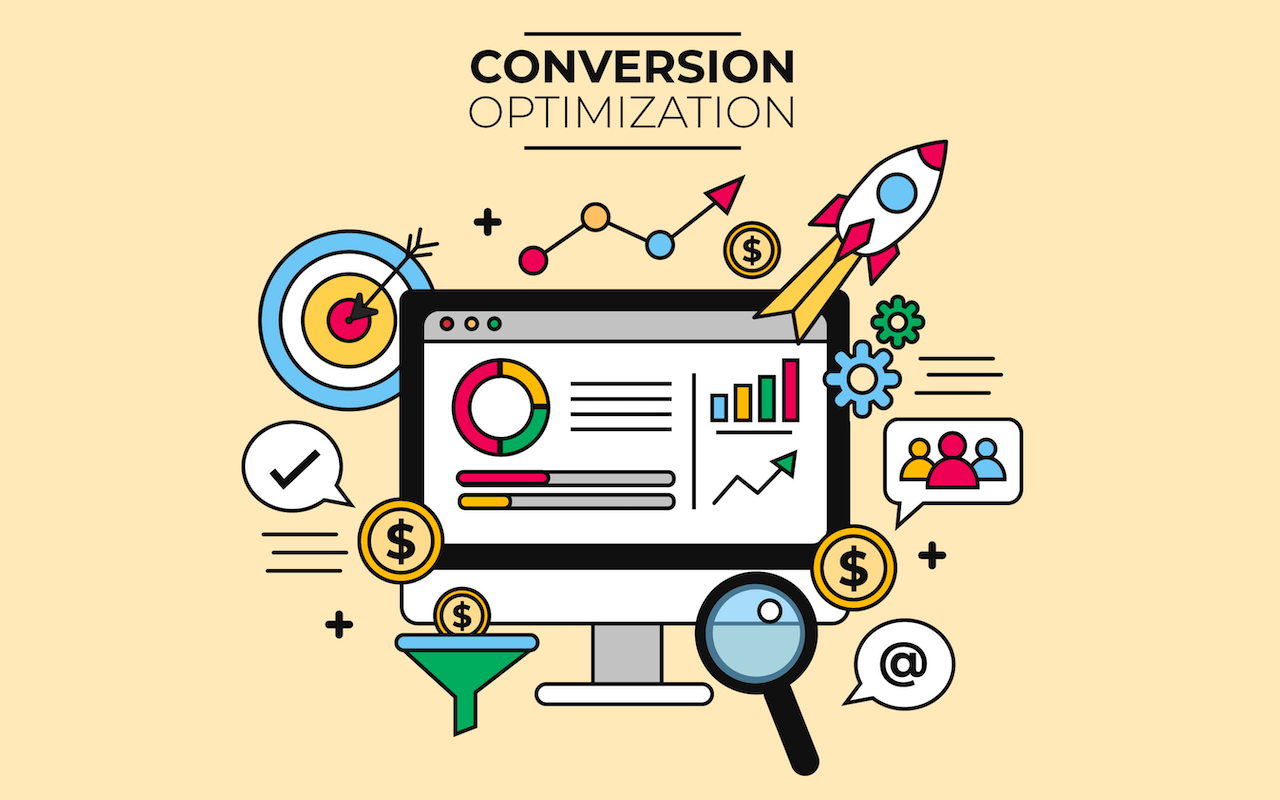
Driving traffic isn’t the challenge anymore, converting it is. Thousands of visitors may land on your store daily, yet only a fraction buy. That’s why conversion rate optimization (CRO) has become the most reliable growth engine for ecommerce brands. Instead of chasing more clicks, successful merchants focus on turning existing traffic into sales through experimentation, data, and measurable impact. A specialized CRO agency or structured optimization program can help design a strategy rooted in performance, not guesswork.
With modern conversion rate optimization services, growth isn’t about louder marketing; it’s about smarter, data-backed decisions that guarantee measurable improvement. By leveraging insights, testing, and continuous refinement, ecommerce brands can transform underperforming pages into high-converting assets and unlock sustainable, long-term revenue growth.
Why Traditional Growth Tactics Fall Short
Ecommerce teams often pour budgets into ads, influencer campaigns, and SEO, expecting traffic to translate directly into revenue. But if your site doesn’t convert, every new visitor costs more than it earns.
According to Unbounce’s Ecommerce CRO Insights, the median conversion rate for ecommerce landing pages is around 3.5%. That means nearly 96 out of 100 visitors leave without purchasing, a massive missed opportunity. Scaling campaigns before optimizing is like pouring water into a leaky bucket—expensive and unsustainable.
The Power of Data-Driven CRO
CRO replaces assumptions with insights. Instead of “what looks good,” it asks “what performs better?”.
Data-driven optimization relies on:
- Behavior analytics (heatmaps, session replays)
- User feedback (surveys, on-page polls)
- A/B testing to validate ideas with real data
According to a VWO industry survey, businesses running statistically significant A/B tests see an average conversion lift of 49%. This shows how structured, data-driven experimentation, rooted in testing and iteration, can produce measurable, lasting gains in ecommerce performance. By continuously learning from real user behavior, brands can replace assumptions with insights and make every design change count.
Companies like ConversionRate.Store demonstrate this approach in action, leveraging data-driven experiments and performance-based accountability to systematically lift ecommerce revenue.
The secret is iteration—testing, learning, and refining based on how real customers behave.
Performance-Based Optimization: Results You Can Measure
“Performance-based” means focusing on metrics that move the needle, such as:
- Conversion Rate (CVR)
- Average Order Value (AOV)
- Revenue per Visitor (RPV)
Every change, from button color to headline, is validated by impact. Partnering with a CRO team that operates on a performance-based model ensures your growth strategy is tied directly to outcomes, not assumptions. When CRO is run scientifically, results aren’t subjective; they’re visible in analytics dashboards and revenue reports.
This approach gives ecommerce teams predictable growth and clear ROI instead of gut-feel marketing.
Core Pillars of Effective CRO
- Frictionless UX and UI: Simplify navigation, declutter product pages, and make checkout effortless. A one-second delay in load time can drop conversions by 7% (Akamai).
- Behavioral Insights and Testing: Study where users drop off, then design hypotheses to fix it. A/B testing validates improvements without risking overall performance.
- Personalization and Segmentation: Show shoppers relevant content, offers, and recommendations. Personalized experiences can lift revenue by 10–15% (McKinsey).
- Trust and Transparency: Add trust badges, clear returns, and authentic reviews to ease hesitation and reduce cart abandonment.
- Speed and Mobile Optimization
With over 70% of ecommerce traffic from mobile, responsiveness and page speed directly affect revenue (Statista).
Real-World Impact: From Clicks to Customers
Ecommerce brands implementing consistent CRO see measurable gains:
- +20–30% uplift in conversions within 3–6 months
- Higher revenue per visitor from better UX and offers
- Lower acquisition costs as traffic becomes more profitable
Even small tweaks, like simplifying a checkout step or clarifying pricing, can translate into thousands in extra monthly revenue.
Implementing CRO Across the Funnel
CRO isn’t just about landing pages. Every stage matters:
- Homepage: Build trust fast with clear value props.
- Product Pages: Optimize imagery, reviews, and CTAs.
- Cart and Checkout: Minimize fields, add progress bars, offer multiple payment options.
- Post-Purchase: Encourage repeat sales via tailored upsells or loyalty flows.
The key is building a culture of testing, where every idea is proven before rollout.
Conclusion
In today’s competitive ecommerce landscape, traffic alone isn’t enough. Data-driven, performance-based CRO ensures every visit counts, every change is measured, and every dollar delivers return.
By embracing experimentation, behavioral insights, and measurable KPIs, brands transform guesswork into growth.
If you’re ready to unlock that potential, explore proven conversion rate optimization services that help you build scalable, sustainable, and profitable customer journeys.
Because in modern ecommerce, optimization isn’t optional; it’s the new growth strategy.
Featured Image by Freepik.
Share this post
Leave a comment
All comments are moderated. Spammy and bot submitted comments are deleted. Please submit the comments that are helpful to others, and we'll approve your comments. A comment that includes outbound link will only be approved if the content is relevant to the topic, and has some value to our readers.

Comments (0)
No comment